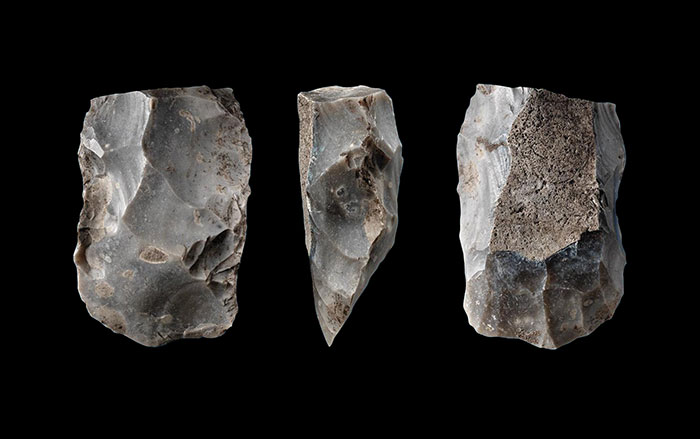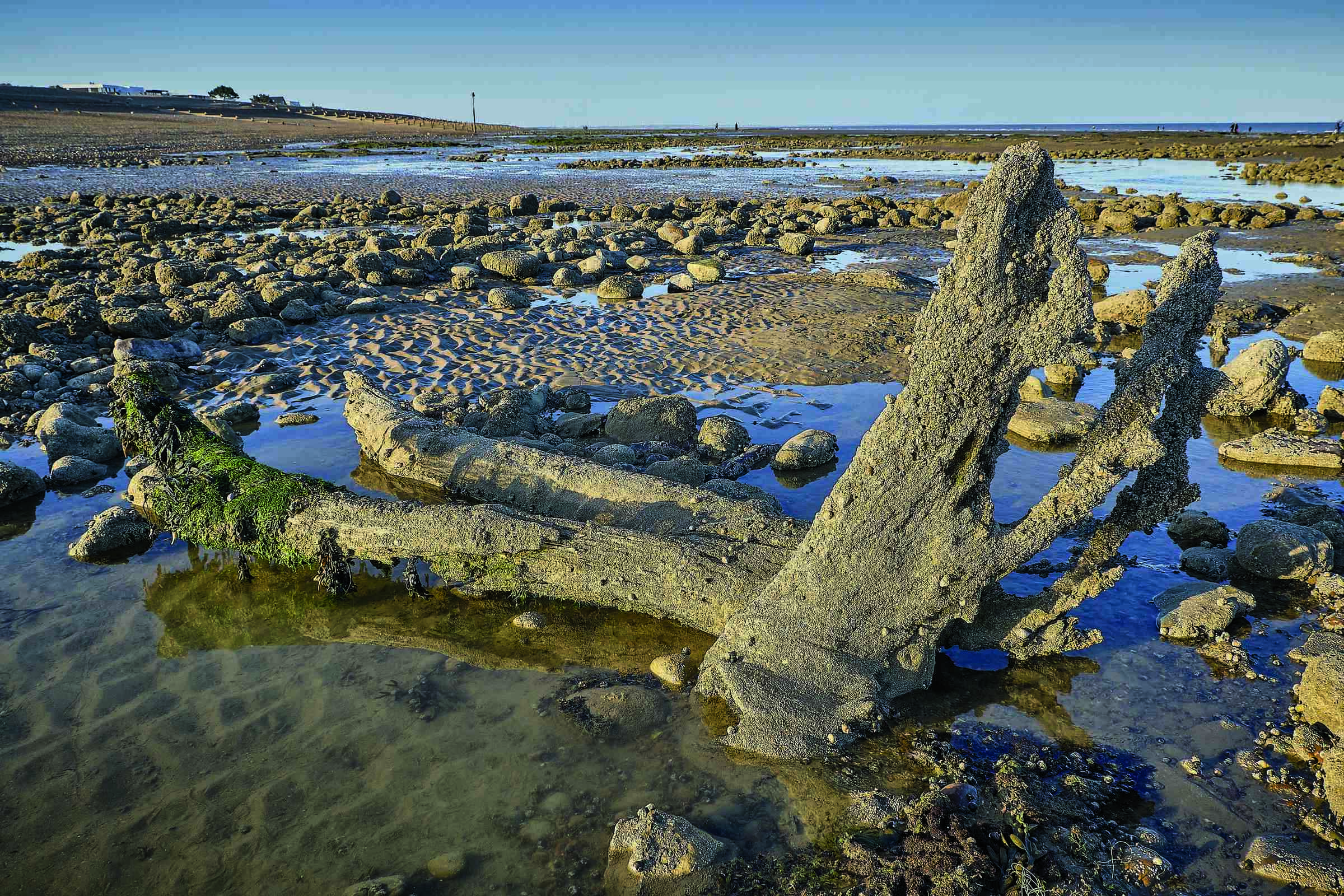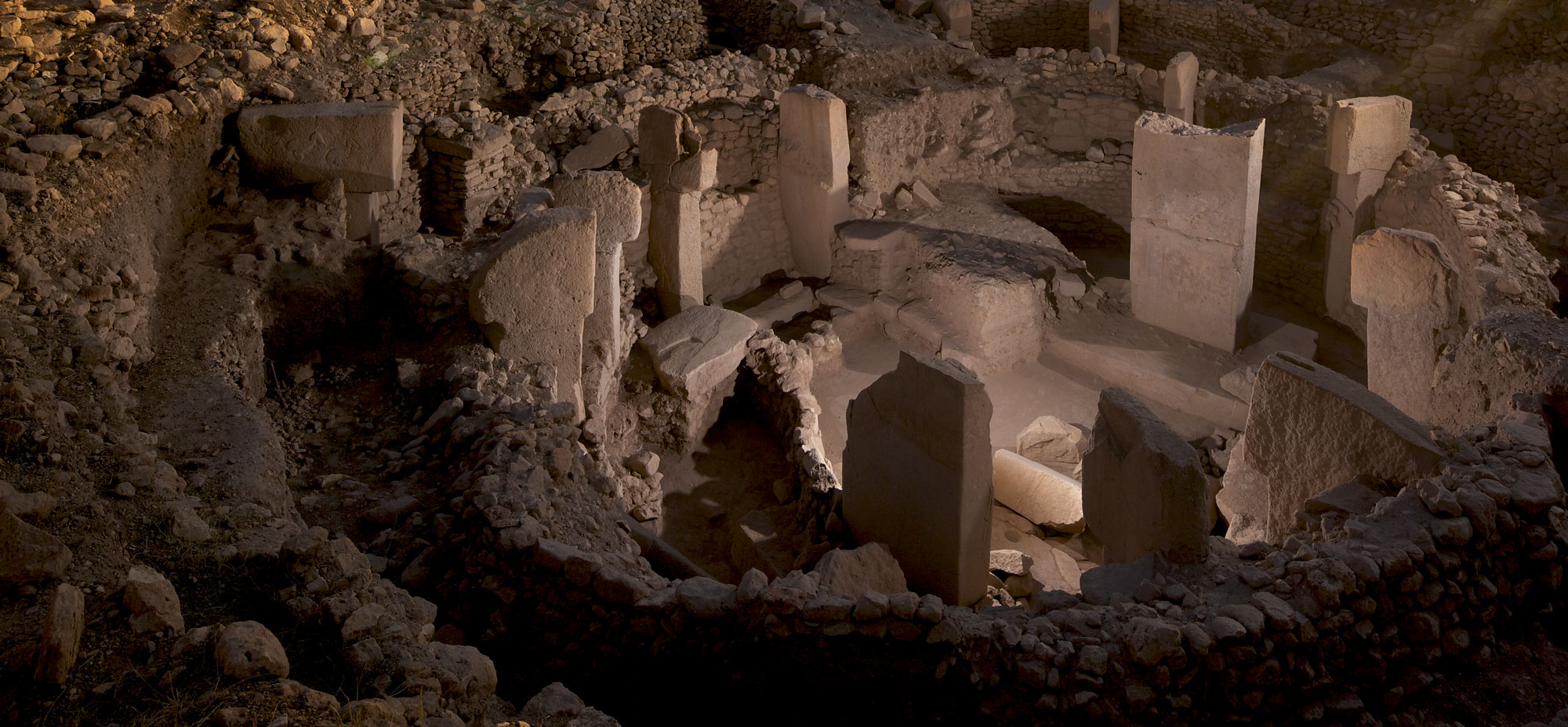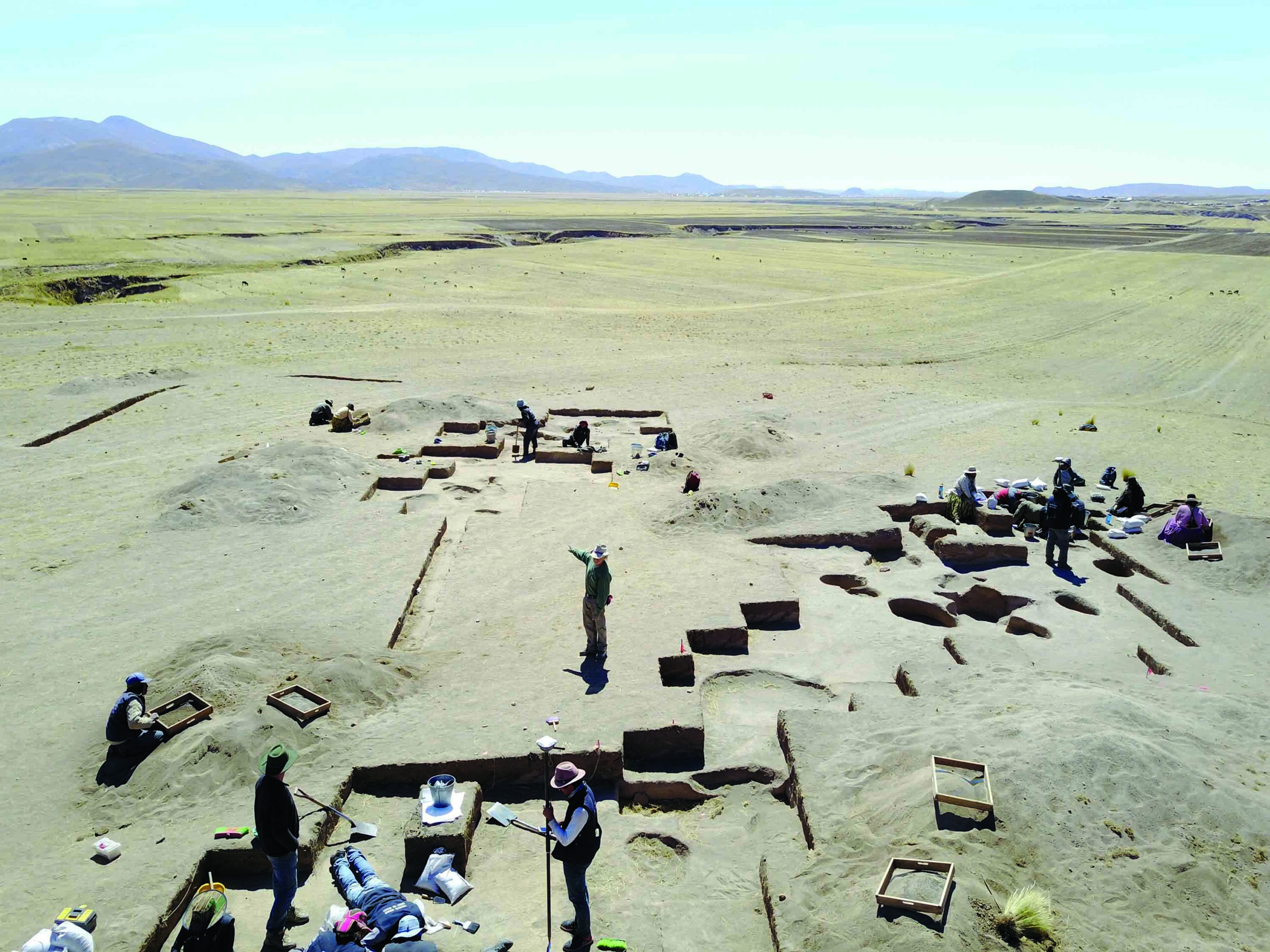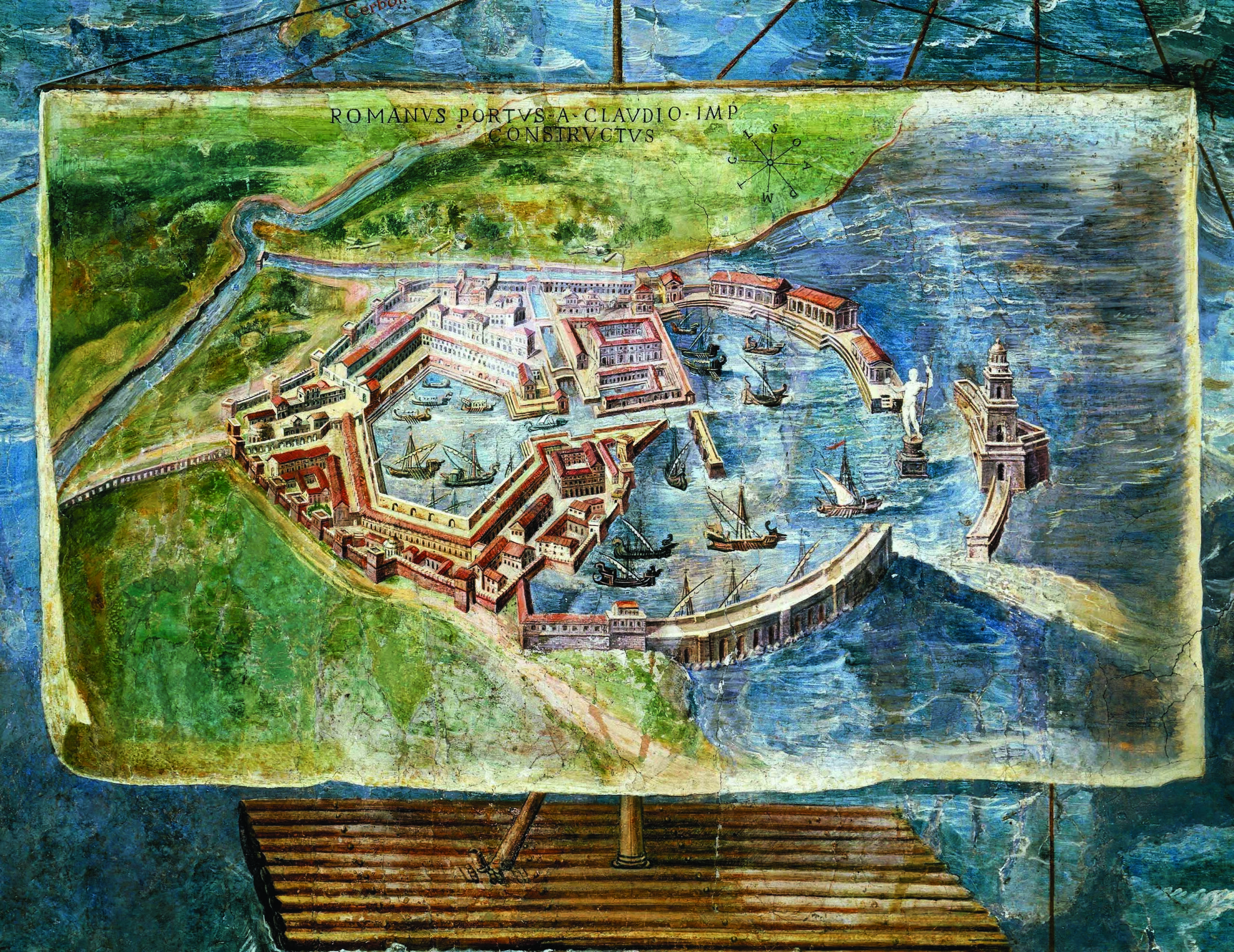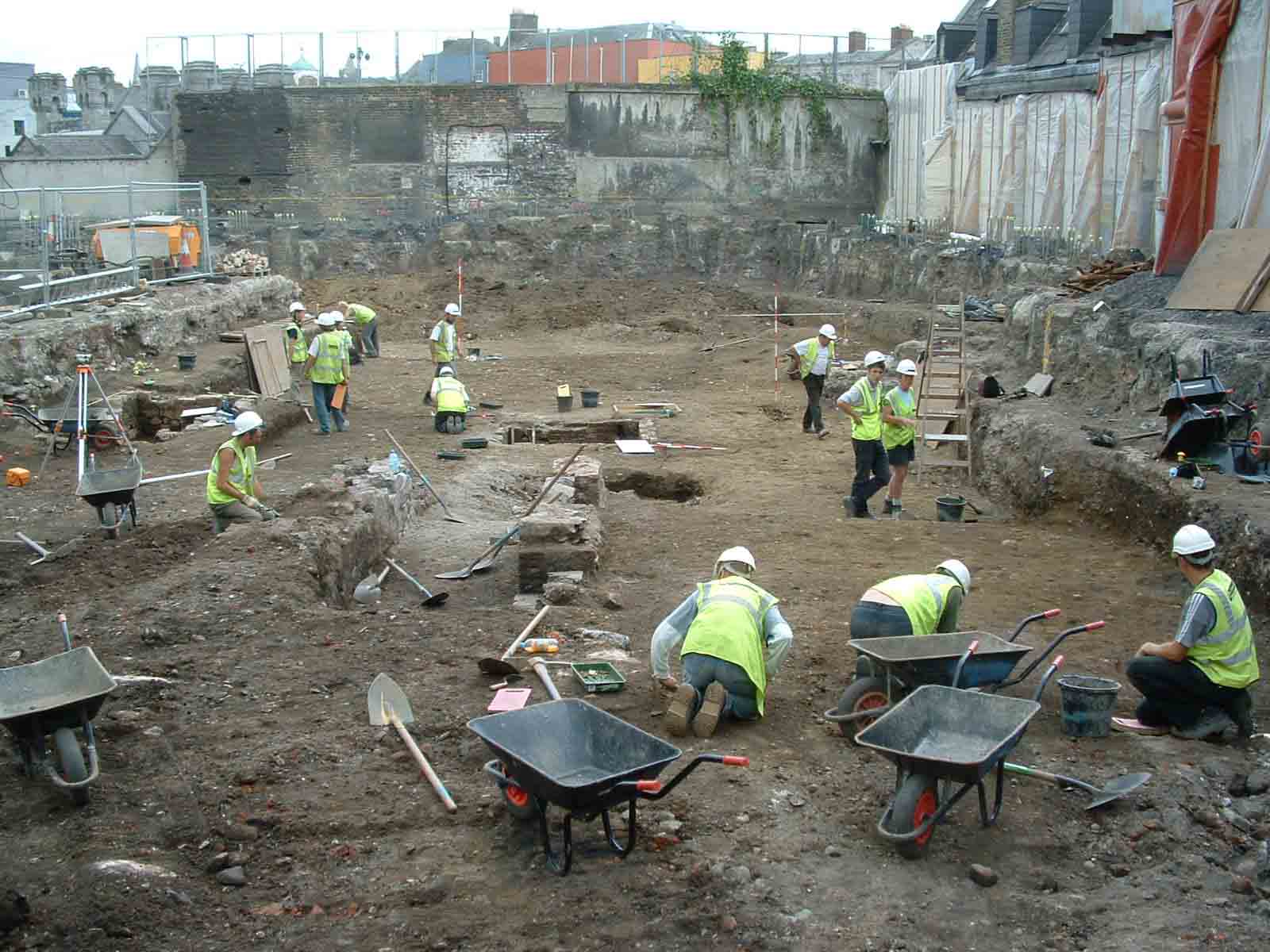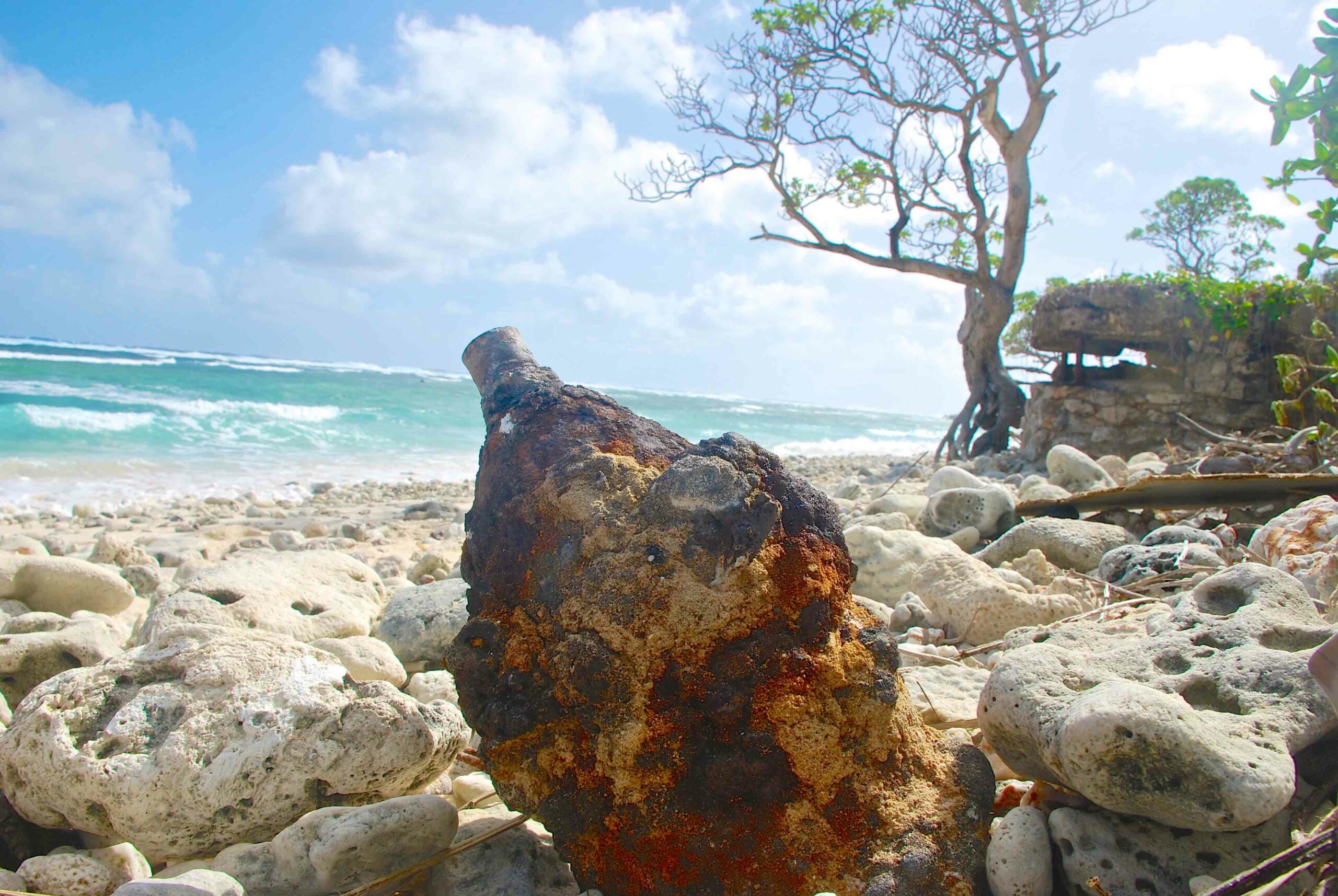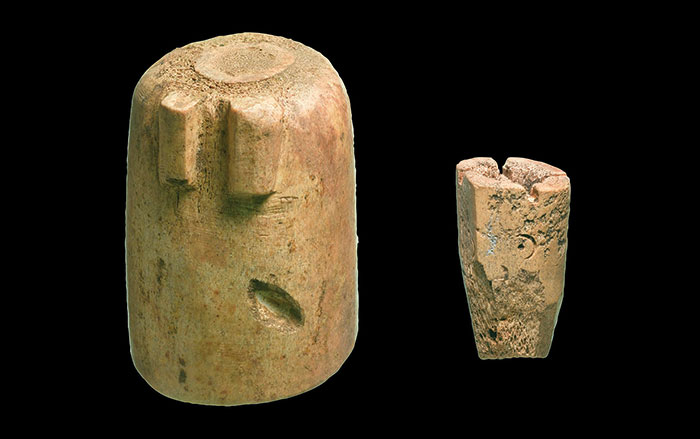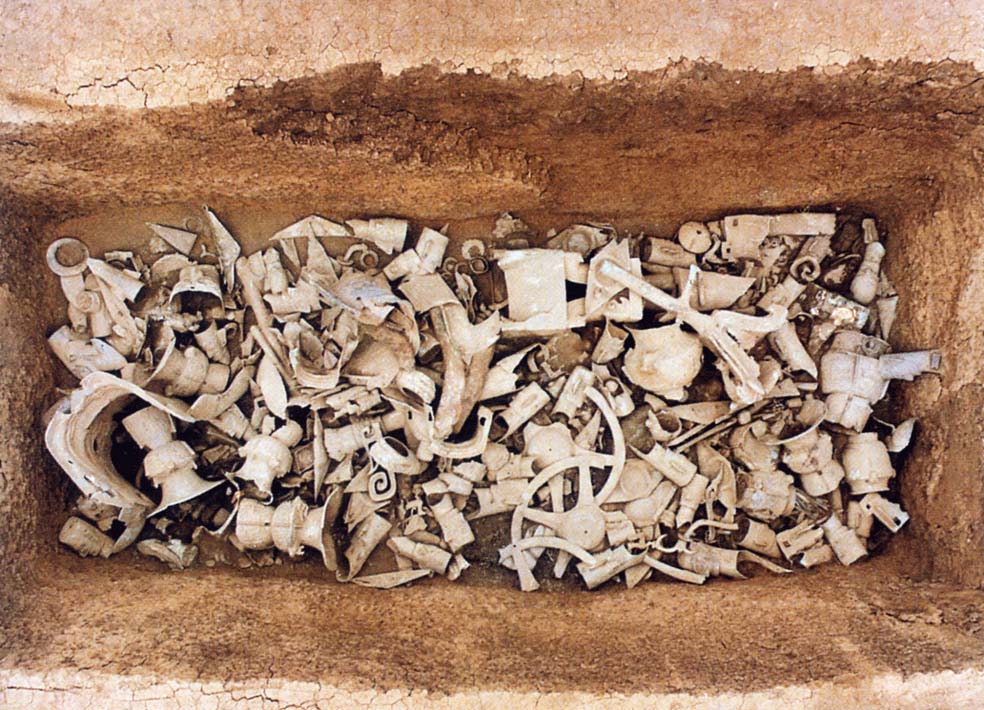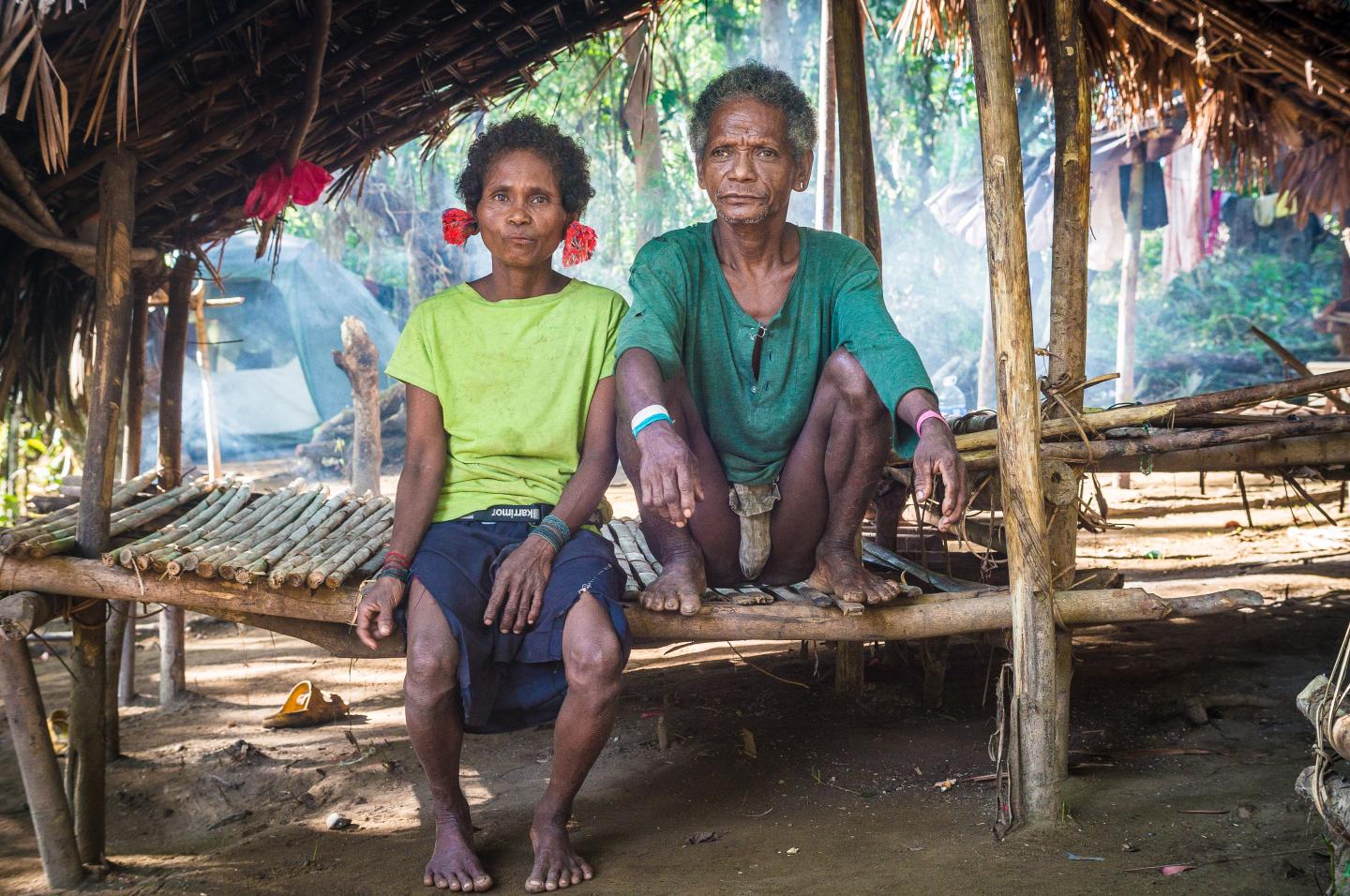
LONDON, ENGLAND—Researchers from the Hunter-Gatherer Resilience Project at University College London lived among populations of hunter-gatherers in Congo and the Philippines to investigate why these small communities are made up of large numbers of individuals with no kinship ties to each other. Computer simulations show that camp relatedness is low when men and women share the influence over where the family lives, and alternate between moving to camps where husbands have close kin and camps where wives have close kin. “While previous researchers have noted the low relatedness of hunter-gatherer bands, our work offers an explanation as to why this pattern emerges. It is not that individuals are not interested in living with kin. Rather, if all individuals seek to live with as many kin as possible, no one ends up living with many kin at all,” lead researcher Mark Dyble said in a press release. Such living arrangements may have helped high cognition, cumulative culture, and hyper-cooperation to evolve in human ancestors. To read about hunter-gatherers in Chile's Atacama Desert, see "The Desert and the Dead."


